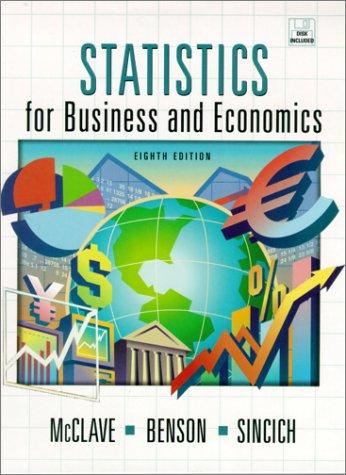Studies of Asian (particularly Japanese) and U.S. managers in the 1970s and 1980s found sharp differences of
Question:
Studies of Asian (particularly Japanese) and U.S. managers in the 1970s and 1980s found sharp differences of opinion and attitude toward quality management. Do these differences continue to'exis;? To find out, two California State University researchers (B. F. Yavas and T. M. Burrows) surveyed 100 U.S. and 96 Asian managers in the electronics manufacturing industry (Quality Management Journal, Fall 1994). The accompanying table givcs the percentages of U.S. and Asian managers who agree with each of 13 randomly selected statements regarding quality. (For example, one statement is "Quality is a problem in my company."
Another is "Improving quality is expensive.")
a. Find the coefficient of correlation r for these data on the MINITAB printout below.
Correlation of USA and ASIAN = 0.570
b. Interpret r in the context of the problem.
I
c. Refer to part
b. Using the coefficient of correlation I r to make inferences about the difference in attitudes between U.S. and Asian managers regarding i quality can be misleading. The value of r measures i the strength of the linear relationship between two variables; it does not account for a difference between the means of the variables. To illustrate this, examine the hypothetical data in the table below.
I Show that r = 1, but the Asian percentage is approximately 30 points higher for each quality statement. Would you conclude that the attitudes of US.
and Asian managers are similar?
Hypothetical Percentage of Managers Who Agree . . . . . . . . . . . . . . . . . . . . . . . . . . . . . . . . . . . . . . . . . . . . . . . . . . . . . . . . . .
Quality Statement U.S. Asian
Step by Step Answer:

Statistics For Business And Economics
ISBN: 9780130272935
8th Edition
Authors: James T. McClave, Terry Sincich, P. George Benson





